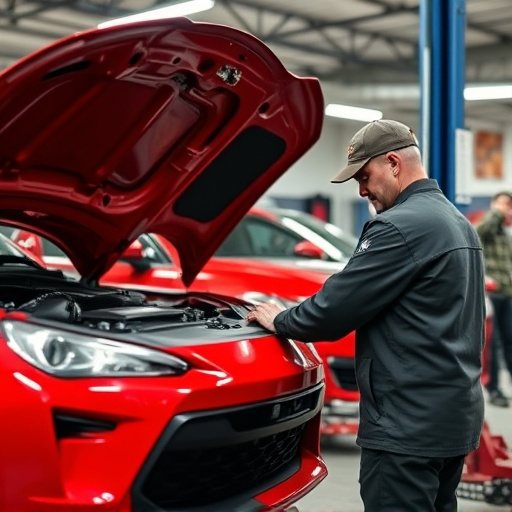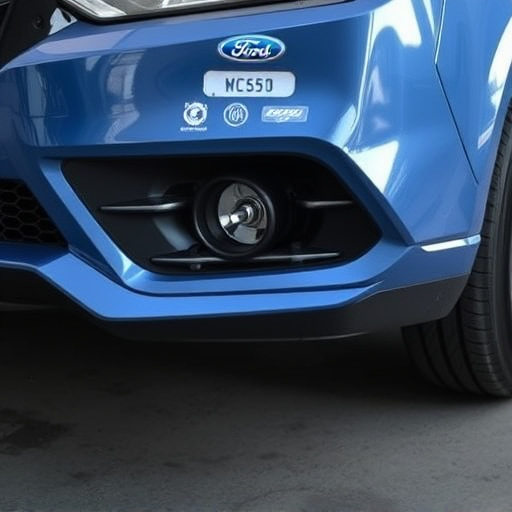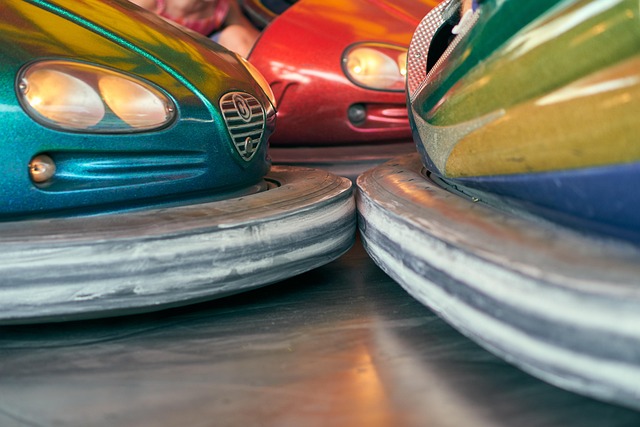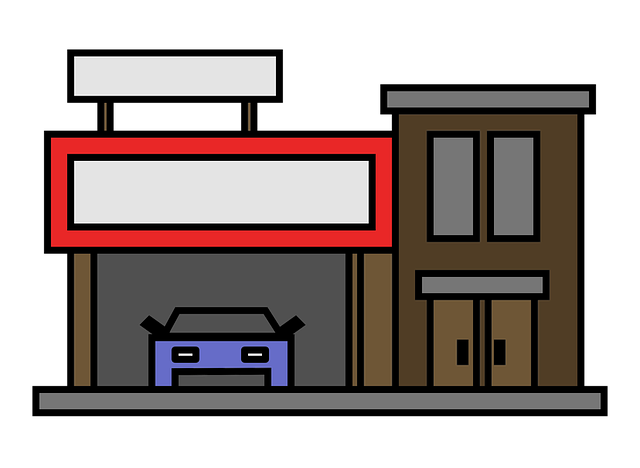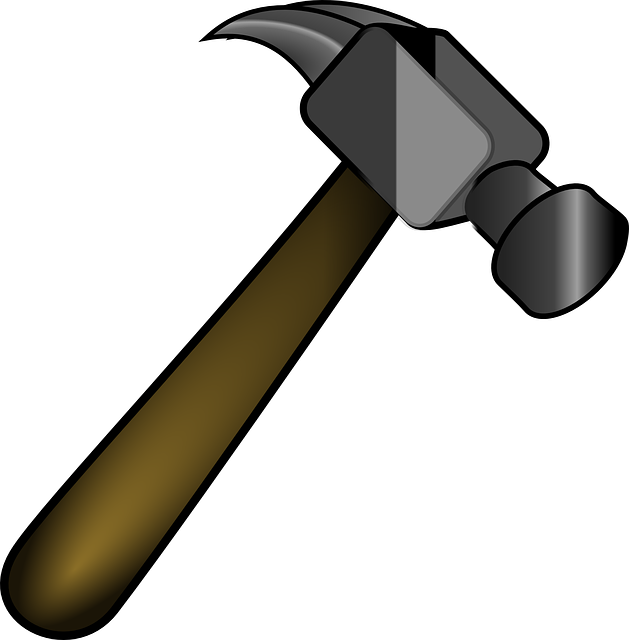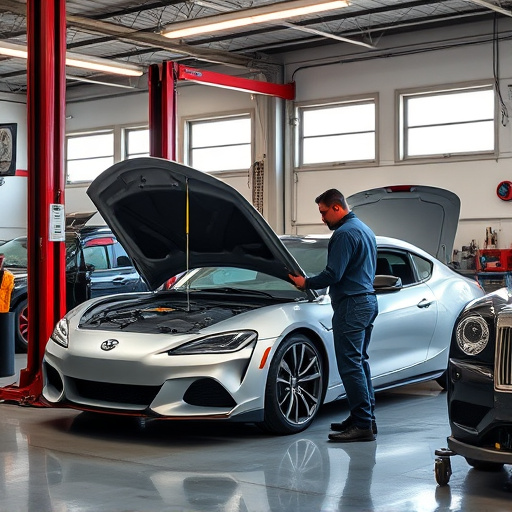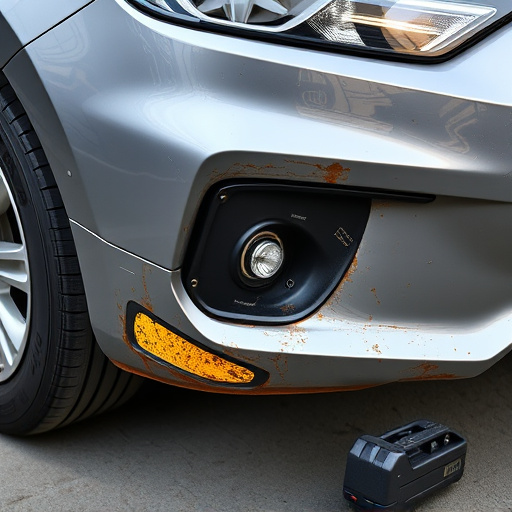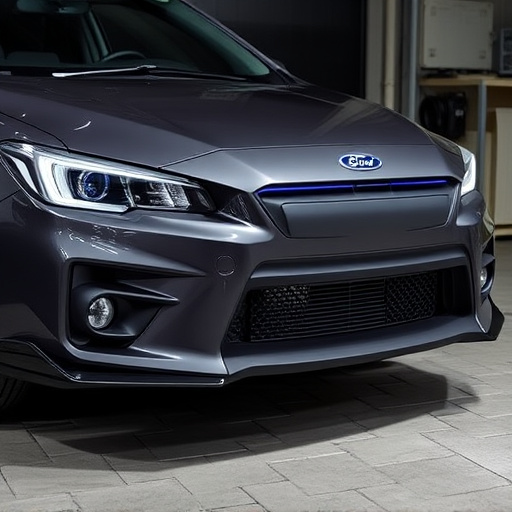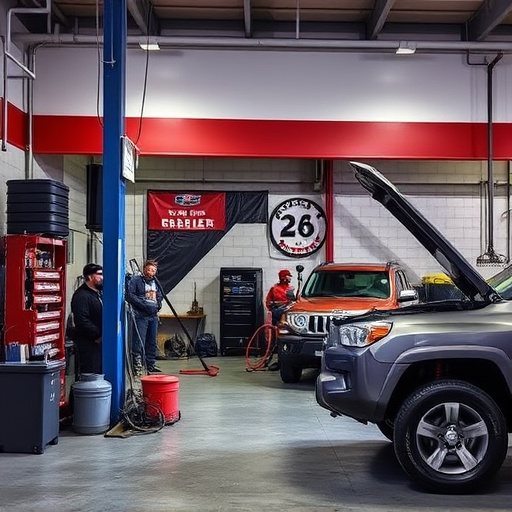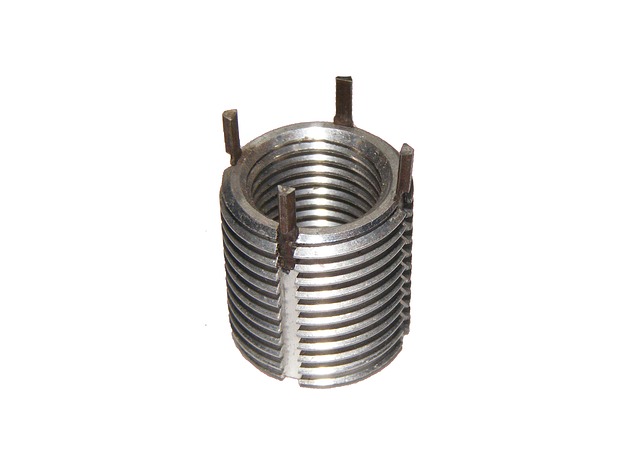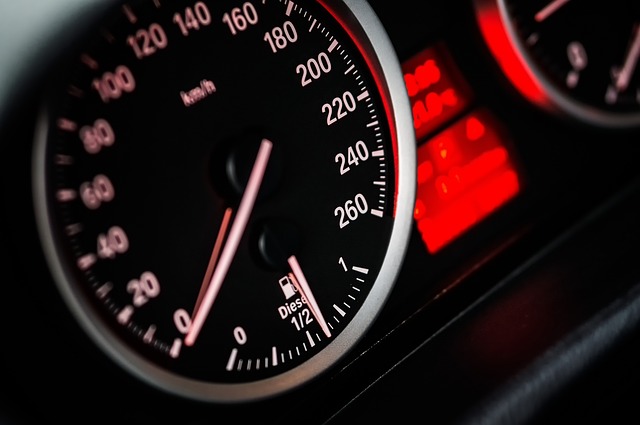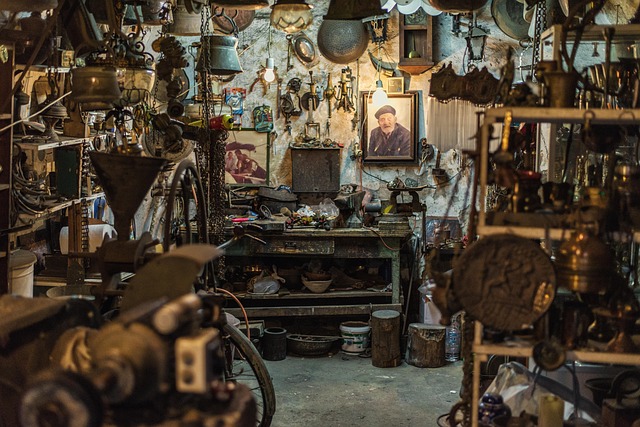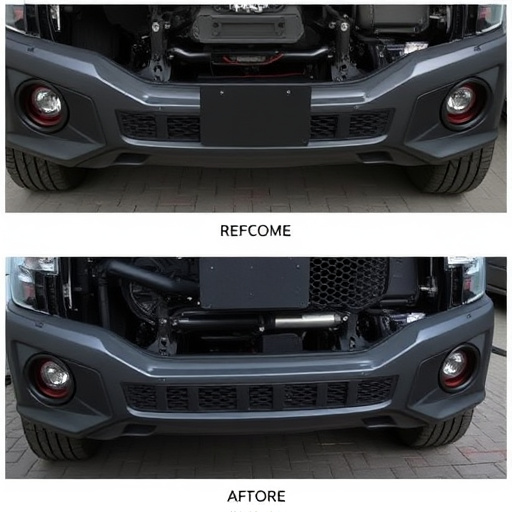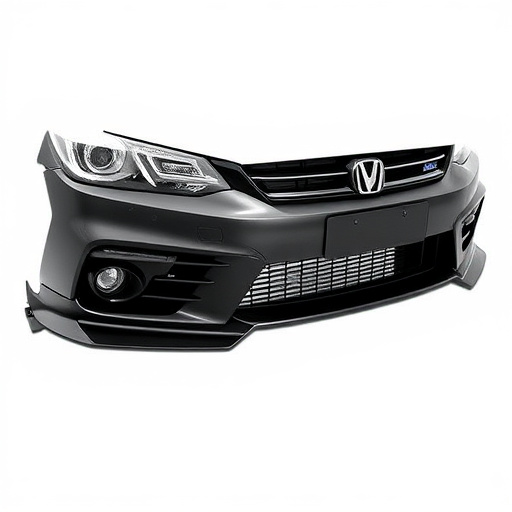Modern frame alignment services leverage advanced technologies like laser systems and computer-aided measurements for precise, efficient results. Automated systems reduce human error, streamline processes in auto body shops, and provide superior outcomes compared to traditional manual methods. Global alignment strategies treat the vehicle frame as an interconnected system for consistent results, while localized approaches focus on individual component adjustments.
In the realm of computer vision, accurate frame alignment is paramount for various applications. This article delves into the key differences between traditional and modern approaches in frame alignment services, highlighting manual vs. automated systems and localized vs. global strategies. By exploring these contrasting methods, we provide insights that help professionals choose the most effective techniques for their specific needs, enhancing image stabilization and analysis.
- Traditional Approaches vs. Modern Techniques
- Manual Alignment vs. Automated Systems
- Localized vs. Global Strategies
Traditional Approaches vs. Modern Techniques
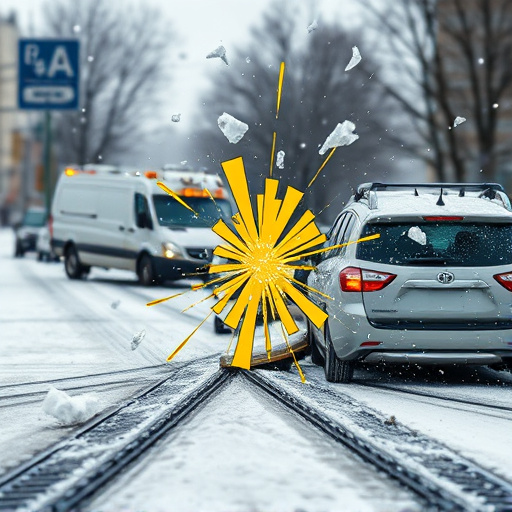
In the realm of frame alignment services, traditional approaches have long dominated the automotive industry. These methods often involve manual adjustments and time-consuming processes to realign car frames after accidents or damage. Mechanics would rely on experience and conventional tools like blocks, wedges, and jack stands to carefully manipulate the frame back into its original specifications. While effective, this traditional route can be labor-intensive, time-prolonged, and sometimes inaccurate due to human error.
Modern techniques, however, have revolutionized frame alignment services with advanced technologies. Contemporary car repair shops now employ sophisticated equipment like laser alignment systems and computer-aided measurements. These innovative tools provide precise data, ensuring accurate and repeatable results. Moreover, modern methods are faster, more efficient, and often involve less disruption to the vehicle’s structure, leading to superior outcomes in paintingless dent repair and automotive collision repair services at car repair shops.
Manual Alignment vs. Automated Systems
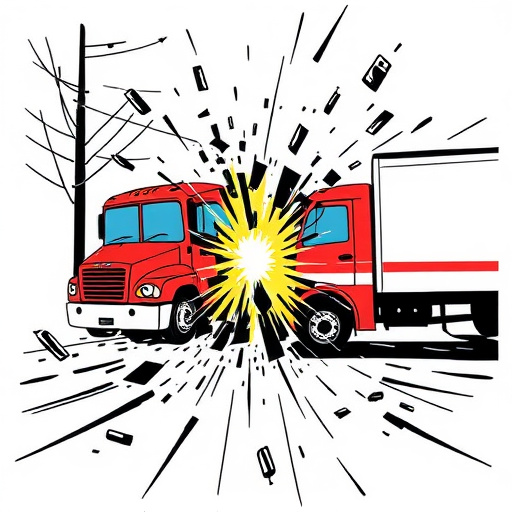
In the realm of frame alignment service, the traditional approach of manual alignment involves skilled technicians meticulously adjusting vehicle frames by hand. This method relies on human expertise to assess and correct misalignments, ensuring the vehicle’s structural integrity. Technicians use specialized tools and their senses to gauge adjustments, demanding precision and experience. While it offers a level of control and customization, manual alignment can be time-consuming and inconsistent due to human factors.
In contrast, automated systems have revolutionized frame alignment services in modern auto body shops and collision repair services. These advanced technologies employ computer-aided machines that perform precise adjustments with minimal human intervention. Auto maintenance professionals simply input the vehicle’s data, and the machine takes over, ensuring consistent and accurate results. Automated systems not only streamline the process but also reduce the potential for human error, making them a game-changer in the industry.
Localized vs. Global Strategies
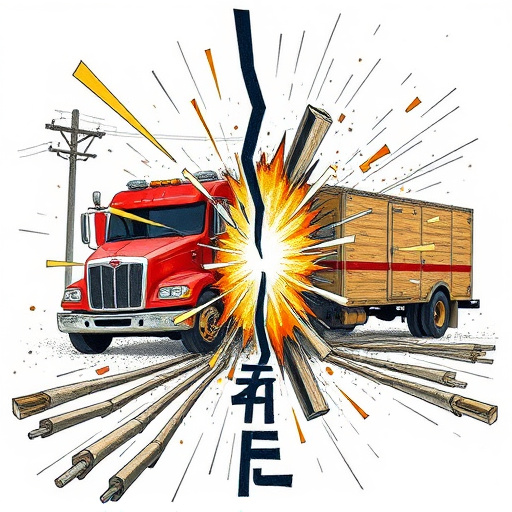
In the realm of frame alignment service, the approach can significantly vary between localized and global strategies. Localized methods focus on individual components within a vehicle, meticulously adjusting each part to its original specifications. This meticulous process is akin to crafting intricate autobody repairs, ensuring every angle and dimension is perfect. It requires specialized tools and highly skilled technicians who understand the nuances of car repair services.
In contrast, global strategies adopt a broader perspective, aligning the entire vehicle frame as a unified system. This approach considers the complex interactions between various components, akin to orchestrating a symphony of autobody repairs. By balancing the entire structure, global strategies can deliver more consistent results, making them popular among automotive body shops seeking efficient solutions for frame alignment service.
In conclusion, understanding the diverse landscape of frame alignment service approaches is paramount for optimizing visual communication. From traditional manual methods to modern automated techniques, localized to global strategies, each has its merits and applications. Embracing these differences allows professionals to select the most effective solutions for their needs, ensuring accurate and efficient frame alignment in today’s visual media landscape.
